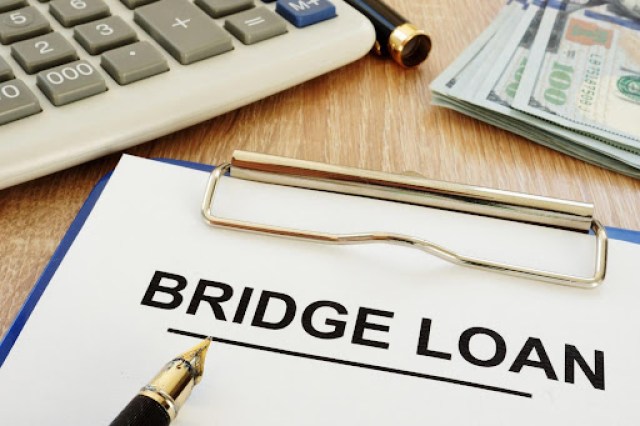What is a Bridge Loan?
You may want to sell your property and use that money to purchase new property. While that’s a logical plan, it doesn’t always work out that way. The sale of your previous property may not go through in time, causing you to have to wait for the money for your new purchase. Instead of stalling your plans, you could potentially borrow the funds through a bridge loan.
Here, we’ll discuss what a bridge loan is, how it works, and its requirements. Read on to learn more about this financing option to see if it’s right for you.
What Are Bridge Loans?
This short-term loan, also known as interim financing, gap financing, or a swing loan, can help provide the cash flow you need to purchase a new piece of land while selling another property. Typically used in real estate deals, bridge loans can have relatively high interest rates and risks. And not everyone that applies for one is qualified to receive it. Despite these drawbacks, a bridge loan can still be an essential funding source for land buyers in need of financing.

How Does a Bridge Loan Work?
You can apply for this short-term financing loan through a lender, but the loan terms may vary. Borrowers generally use the funds to cover the closing costs of a new property. For land buyers, it’s common to borrow a maximum of 75% of the value of your current and new properties.
Bridge Loan Requirements
To apply for a bridge loan, you must meet the following requirements. Lenders will look at potential borrowers’:
- Debt-to-Asset ratio
- Debt-to-income (DTI) ratio
- Credit card score
- Household income
An excellent credit score, a low debt-to-asset ratio, a low debt-to-income ratio, and decent property equity can qualify you and fast-track your application for the loan.
How Do You Repay a Bridge Loan?
Your loan term usually lasts about 12 months before you have to make repayments. The purpose of a bridge loan is to give you the necessary time to acquire more permanent funding. So if the sale of your current property is finalized during the interim of your loan, you can use that money to repay the loan.
Even though most bridge loans do not have repayment penalties, it’s best to go through the terms with your lender to know exactly when you’re expected to pay the loan back in full. You want to ensure you fully understand the repayment process to avoid paying too much in interest.
Pros and Cons of Bridge Loans
The advantage of bridge loans is they provide quick and convenient financing. With faster approval than traditional mortgages, you can cover your expenses while waiting for the property sale or other expected funding.
On the other hand, these loans are short-term with higher interest rates. And in the case of waiting to sell real estate that still has a mortgage, you will have to make two loan payments. Also, it can be challenging to gain approval for a loan if you do not meet the lender’s conditions.
We hope this article has helped you determine if a bridge loan is the best option for your financial needs. Get in touch with your local National Land Realty Land Professional to learn more about the options available to you!
